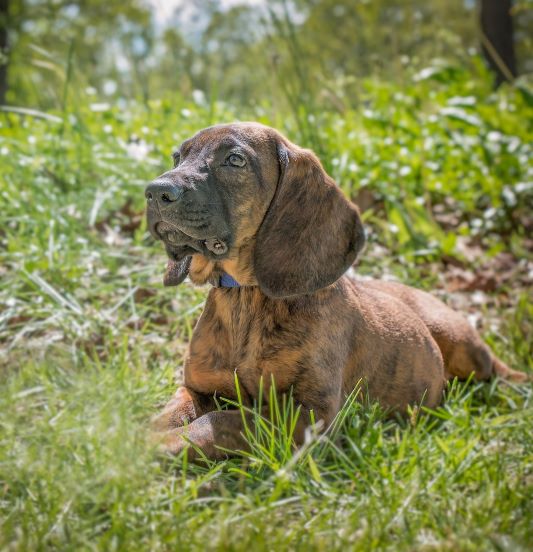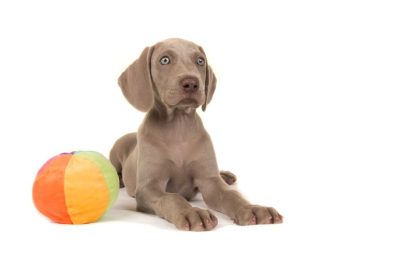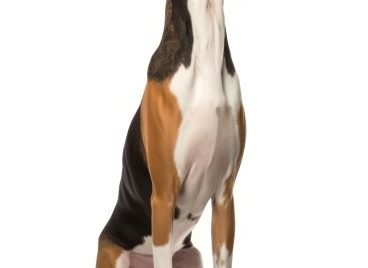Hanoverian Scenthound Traits & Characteristics
Introduction to Hanoverian Scenthound
Ever heard about the Hanoverian Scenthound, a breed that’s as robust as it’s versatile? Let’s dive into their captivating world, exploring their origin and status.
Historical Background
Originating from Germany, the Hanoverian Scenthound has a rich history, tracing back to hunting dogs of medieval times. They were primarily bred for their exceptional tracking skills, proving a useful asset for gamekeepers and hunters alike.
Breed Recognition
Despite their deep historical roots, Hanoverian Scenthounds are still seeking wider recognition, currently recognized by clubs like the United Kennel Club and the Fédération Cynologique Internationale.
Characteristics of Hanoverian Scenthound
Physical Attributes
When it comes to the appearance of a Hanoverian Scenthound, you’ll find them quite striking. Let’s break down their physical features.
Size and Weight
Standing tall at 19-21 inches at shoulder height and weighing between 80-99 lbs, this breed showcases strength and endurance.
Coat and Colors
Their coat is dense and harsh, with typical colors ranging from light to dark deer red, sometimes with a mask and light underbody.
Temperament
Don’t let the robust exterior fool you! Beneath it lies a heart full of affection and loyalty.
Interaction with Humans
Hanoverian Scenthounds are known to be quite reserved. They’re loyal to their families but can be cautious around strangers. Patience and understanding are key when dealing with this breed.
Interaction with Other Animals
These hounds have a strong hunting instinct, which may sometimes make them assertive towards other animals, especially smaller ones. But, with proper socialization, they can get along well.
Training and Exercise Needs
Training a Hanoverian Scenthound can be quite an experience! Let’s get a glimpse of what it entails.
Training Requirements
These dogs are intelligent and can be trained, but they’re known for their stubbornness. Consistent, positive reinforcement methods work best.
Exercise Needs
As a working breed, Hanoverian Scenthounds need regular exercise to keep them mentally and physically stimulated. Regular walks, playtime, and tracking games are a must.
Health and Lifespan of Hanoverian Scenthound
Let’s talk about the well-being of these large canine companions.
Common Health Issues
Generally a healthy breed, Hanoverian Scenthounds can sometimes be susceptible to breed-specific ailments like hip dysplasia and bloat.
Lifespan
The average lifespan of a Hanoverian Scenthound is around 10-14 years, varying with individual health and care.
Caring for a Hanoverian Scenthound
This is where we discuss diet and grooming needs.
Diet
These active dogs need a balanced diet rich in protein, fats, and carbohydrates. Customizing their diet according to age, weight, and health conditions is recommended.
Grooming
Their harsh, dense coat requires regular brushing to remove loose hairs and keep the coat healthy. Other grooming practices like teeth brushing, ear cleaning, and nail trimming are also necessary.
Why Choose a Hanoverian Scenthound
Pros of Owning a Hanoverian Scenthound
They’re loyal, robust, and great companions for active individuals. Their tracking skills are unparalleled, making them great working dogs.
Considerations before Choosing
However, potential owners should be prepared for their exercise needs, possible health issues, and the training challenges presented by their stubbornness.
Conclusion
Hanoverian Scenthounds are more than their hunting roots and robust appearance. They’re companions full of loyalty, with a charming aura that’s hard to resist. As with any breed, it’s essential to consider their needs and characteristics before bringing one into your home.
FAQs
- How friendly are Hanoverian Scenthounds with children?
Hanoverian Scenthounds are generally patient and gentle with children. However, as with any breed, supervision during interactions is recommended. - Are Hanoverian Scenthounds good for first-time dog owners?
They might be a bit challenging for first-time owners due to their training and exercise needs. Experience in handling dogs could be beneficial. - Do Hanoverian Scenthounds bark a lot?
They’re not typically excessive barkers, but they might bark to alert their owners of strangers or potential threats. - Can Hanoverian Scenthounds live in apartments?
Given their size and activity levels, they’re better suited to houses with yards where they can expend their energy. - Are Hanoverian Scenthounds hypoallergenic?
No, they’re not considered hypoallergenic. People with allergies should spend time with the breed before deciding to get one.




